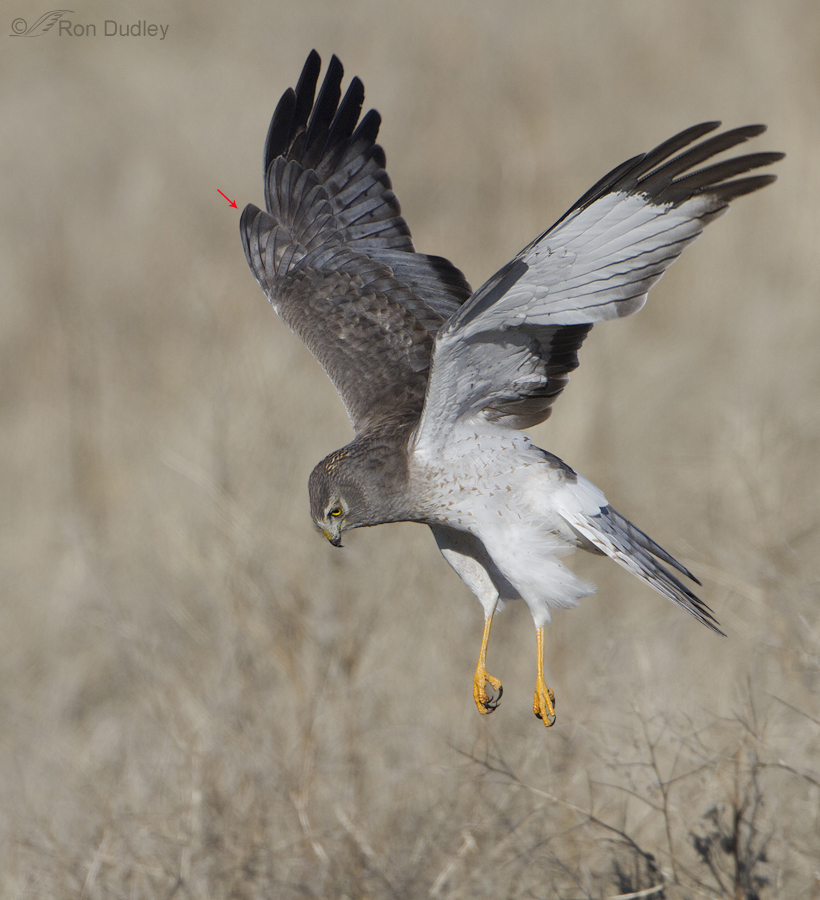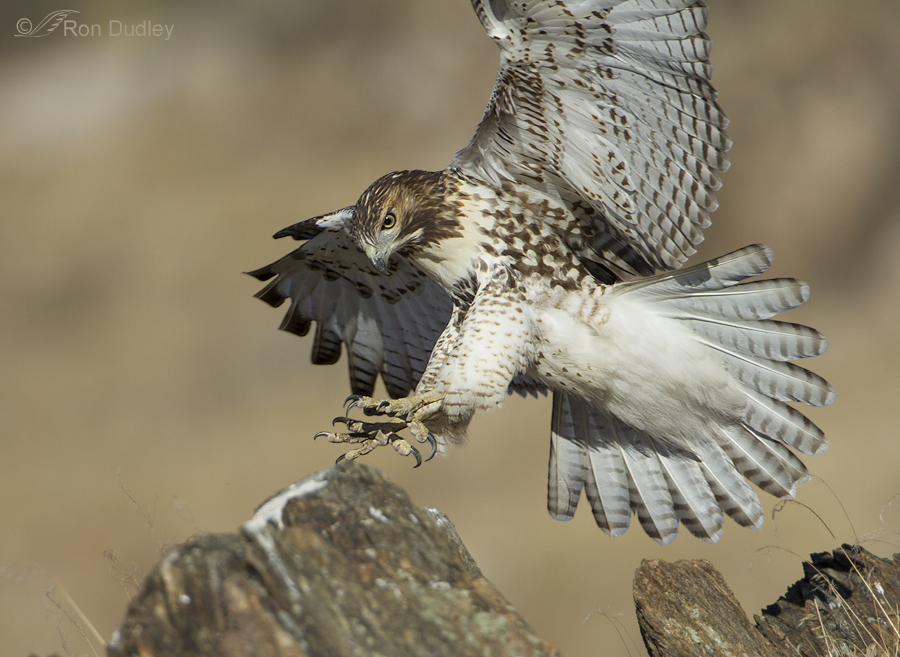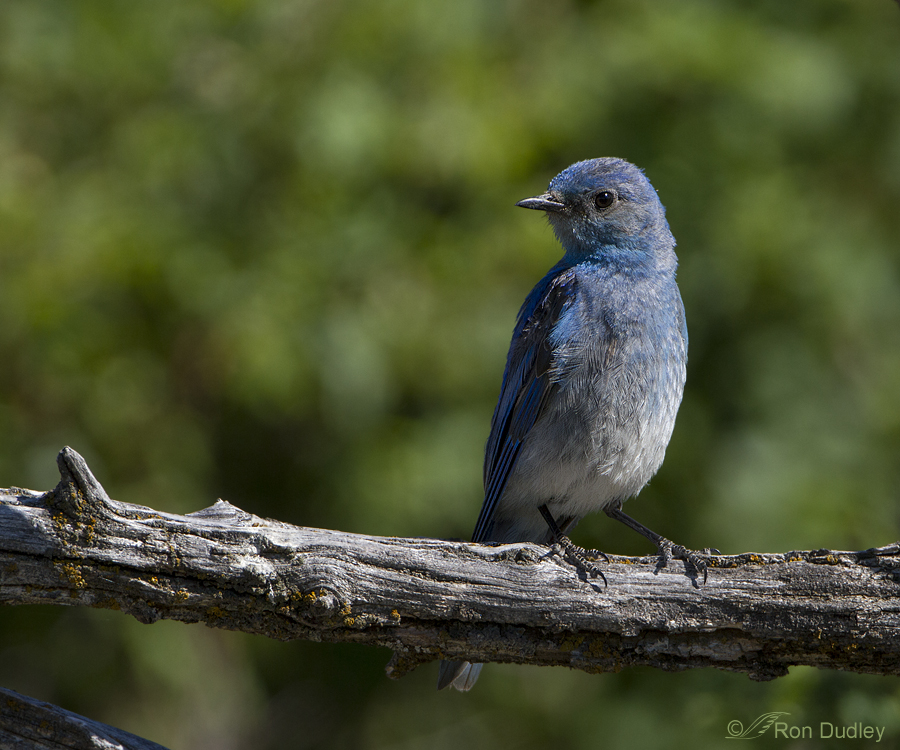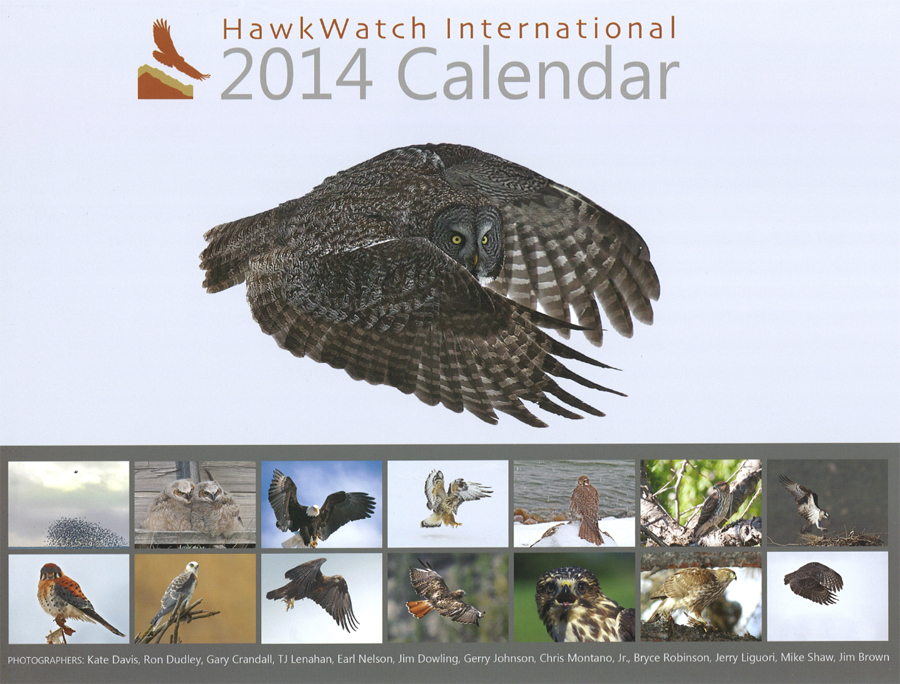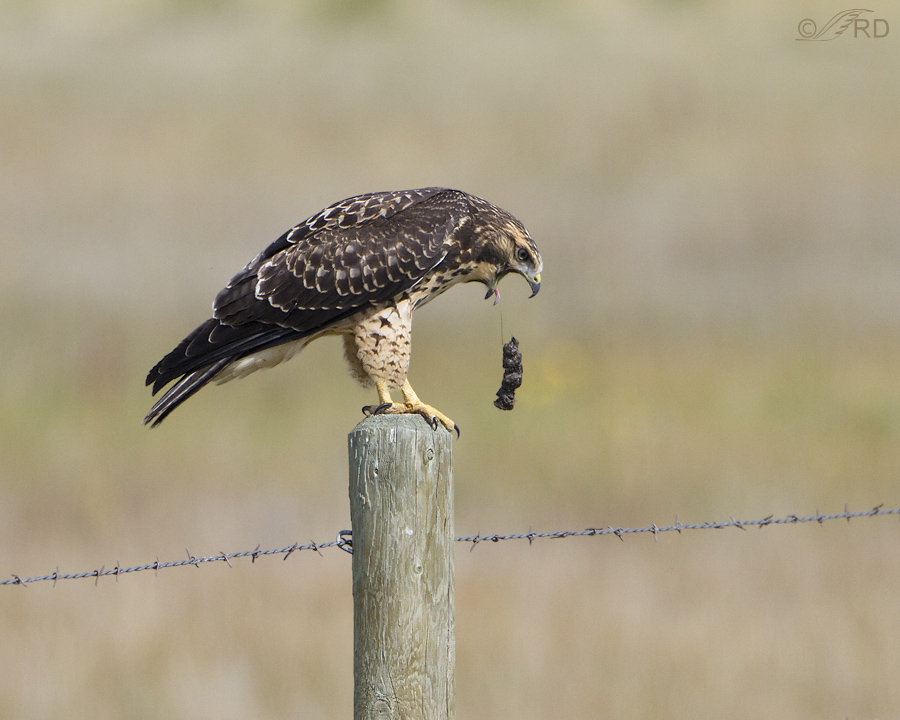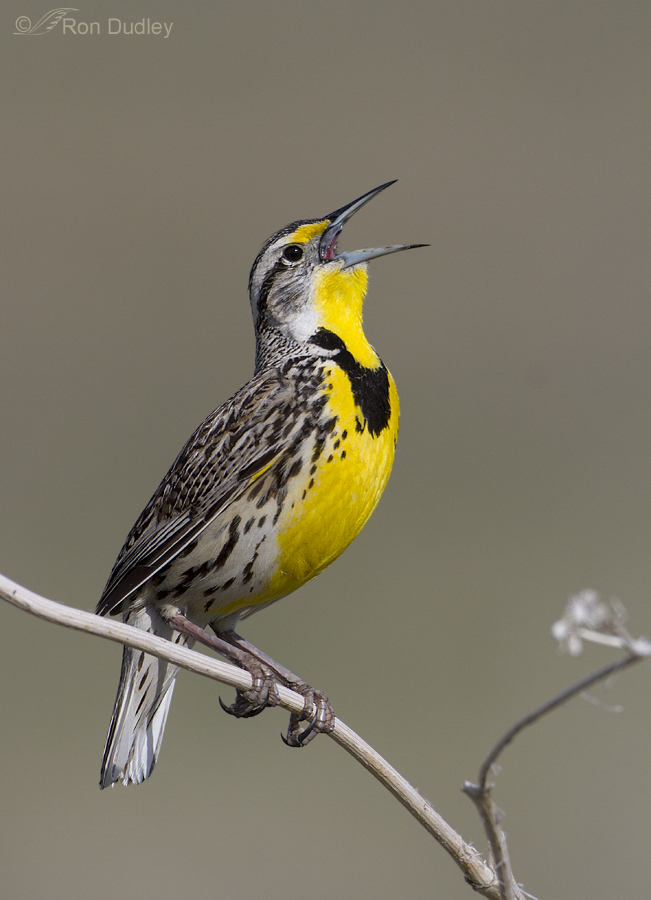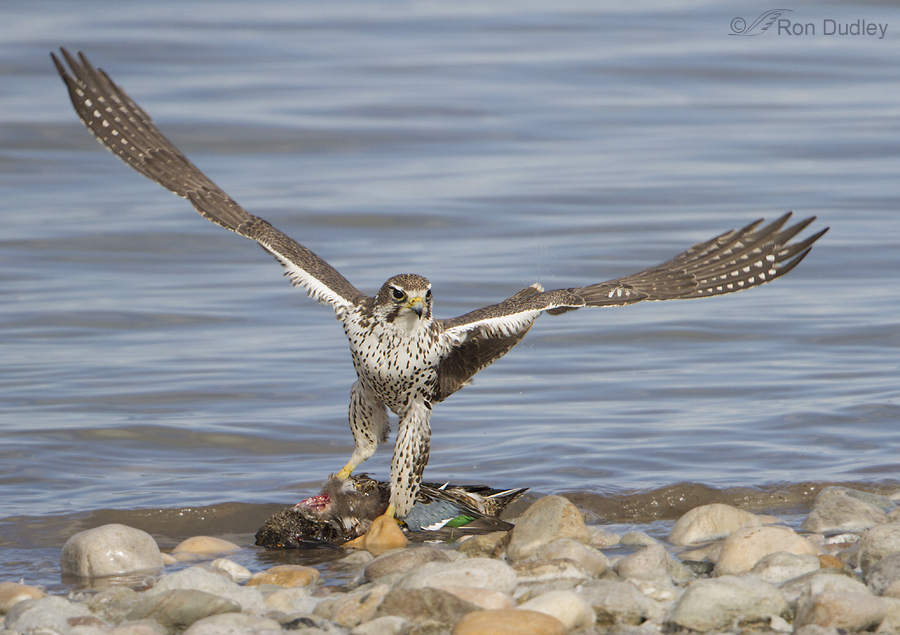“Hanging” Northern Harrier – Hunting Low and Slow
Three Burrowing Owls and More Challenges With Depth Of Field
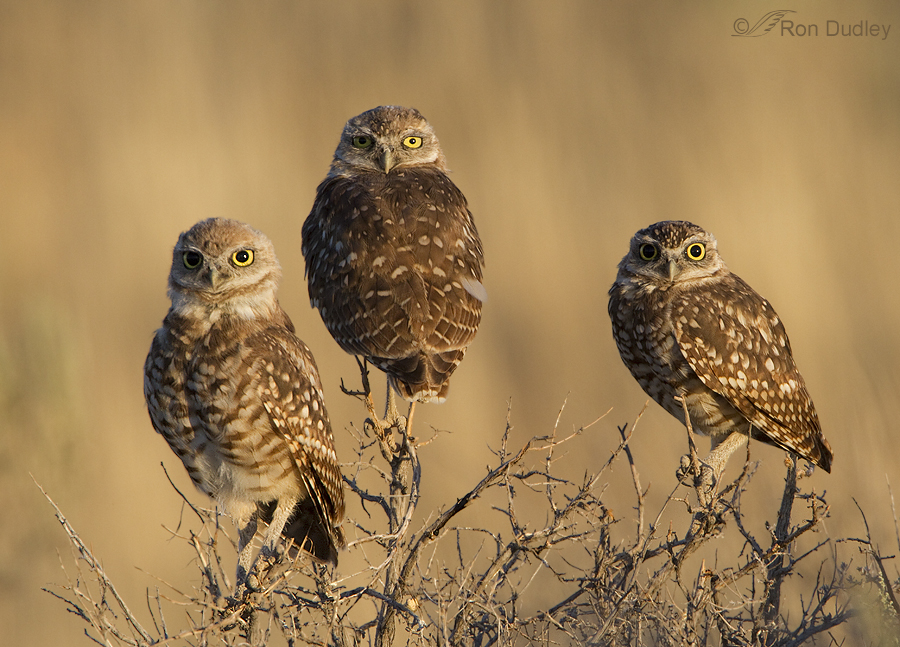
I’d been photographing a family of these birds for several weeks but typical of the species they were usually on the ground with obstructing vegetation in front of them or buried too deeply in the sagebrush. But as I approached them on this early August morning (in my pickup, from the road) there were two juveniles and one adult perched high on the sagebrush in nice warm light and there was a clean, pleasing background. My little heart went pit-a-pat at the opportunity but then I had to deal with the harsh reality of depth of field.
Red-tailed Hawk – Another Optical Illusion
Mountain Bluebird On A Natural Perch (Finally)
HawkWatch International 2014 Calendar
Anticipating Raptor Take-off
Comparing Adult and Juvenile Meadowlarks – Plus A Bit Of A Laugh
Some Good News On The Kestrel Front
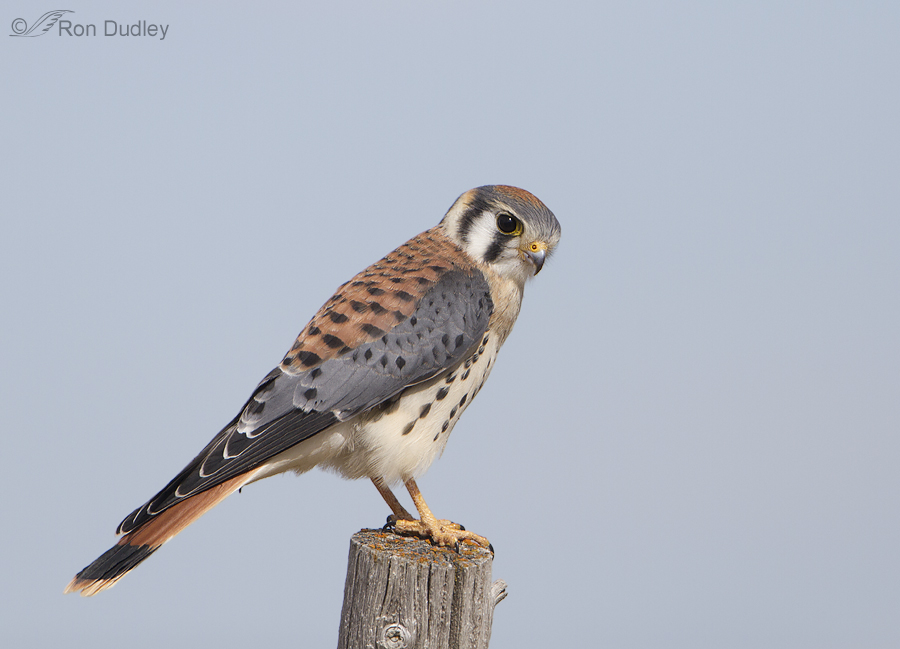
Several weeks ago I reported here about the alarming decline of the American Kestrel in most of North America. That decline has been apparent to me locally (Utah) as I’m seeing and photographing far fewer of them than in the past. Other more scientific and reliable sources report similar declines in many areas of the continent.
But apparently there are pockets of habitat where kestrels are still thriving and one of them is the Centennial Valley of southwest Montana.
Prairie Falcon – A Fascinating Hunting Strategy
Strong Graphic Lines – A Matter Of Taste
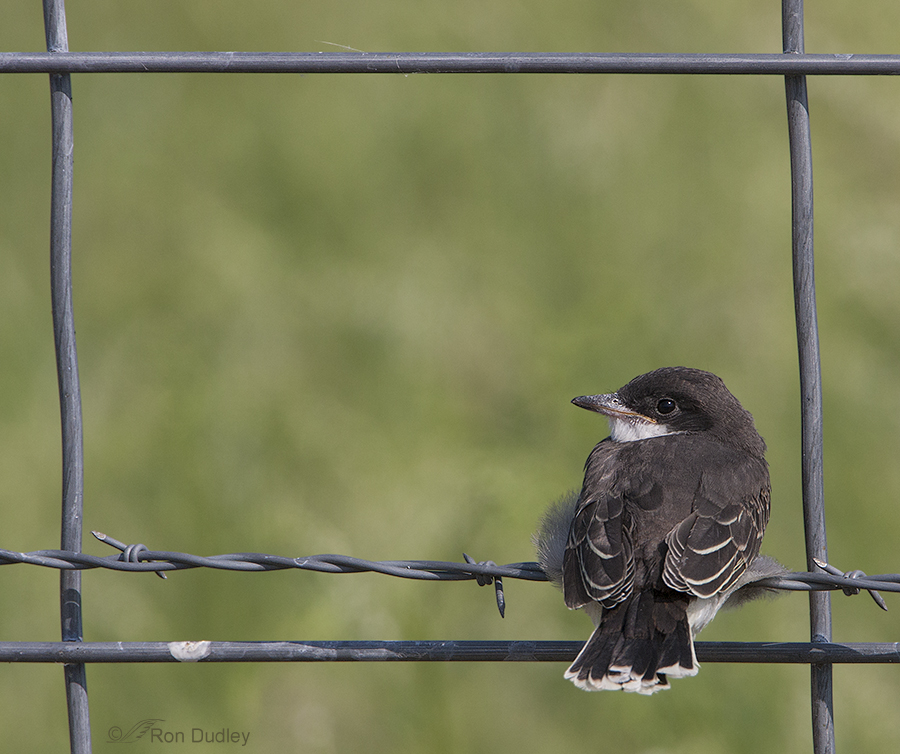
I’ve been a fan of strong graphic lines in my images ever since my friend Richard Ditch introduced me to their potential a few years ago. The source of those lines may be natural or unnatural but since my subjects are mostly birds and many of them perch on fences, my graphic lines are often provided by fence wires. In some ways I’d prefer natural elements in my images but wires can also be compositionally and visually interesting







